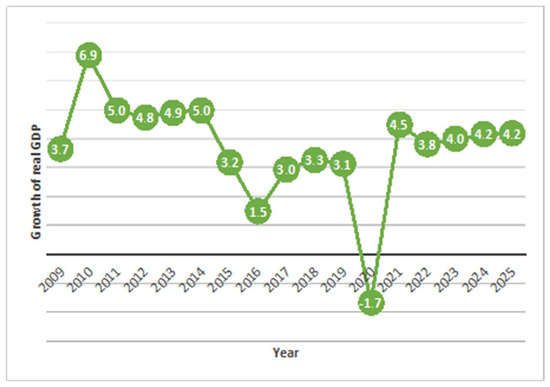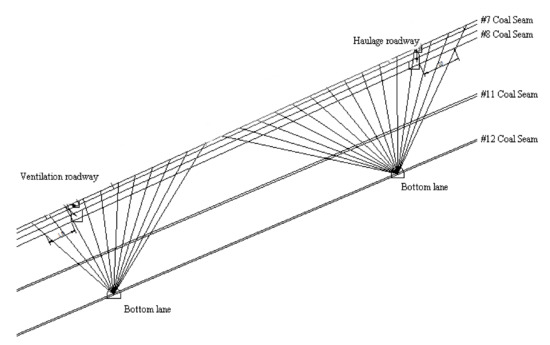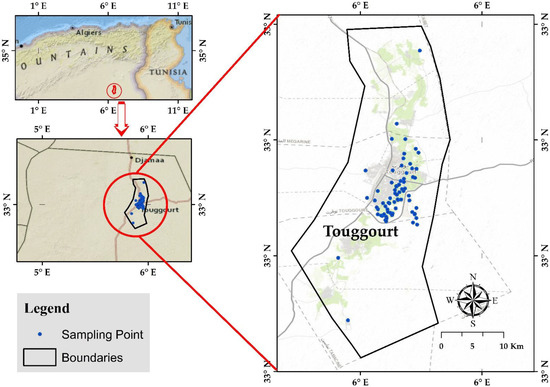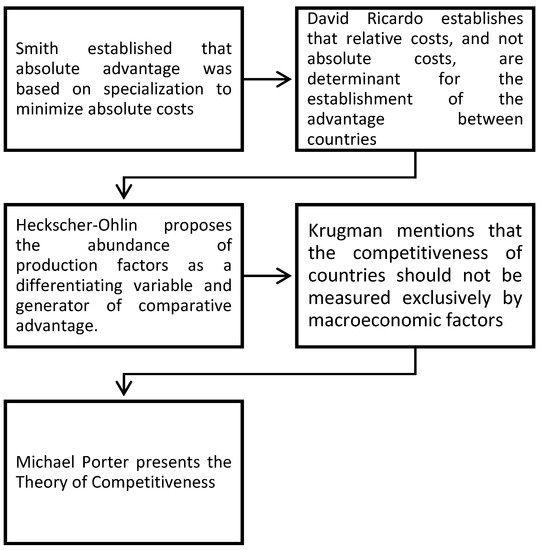Department of Research Administration and Development, University of Limpopo, Private Bag X1106, Sovenga, Polokwane 0727, South Africa
Sustainability 2022, 14(14), 8863; https://doi.org/10.3390/su14148863 - 20 Jul 2022
Cited by 26 | Viewed by 6175
Abstract
▼
Show Figures
Small and Medium Enterprises in South Africa contribute critically to the economy, yet they face many challenges, such as lack of access to external finance. Thus, applying the stakeholder theory, this study tested the relationship between environmental sustainability commitment and access to finance
[...] Read more.
Small and Medium Enterprises in South Africa contribute critically to the economy, yet they face many challenges, such as lack of access to external finance. Thus, applying the stakeholder theory, this study tested the relationship between environmental sustainability commitment and access to finance and whether this relationship was mediated by financial performance. The study further examined the moderating role of corporate governance on the relationship between environmental sustainability commitment and access to finance. Owner/managers of 600 SMEs from three provinces in South Africa were randomly selected using a probability sampling method. Primary data were collected using self-administered questionnaires. The moderated mediation model was tested using PLS-SEM. The findings showed that environmental sustainability commitment significantly predicts access to finance both directly and indirectly through financial performance. Moreover, the results showed that corporate governance positively moderates the link between environmental sustainability commitment and access to finance. This study has several implications. Practically, small unlisted firms can adopt and apply the model developed in this study to enhance their environmental, social, and governance practices to unlock external funding. The novelty of this study is that it proposed and tested a moderated mediation model to understand SMEs’ determinants of access to finance. In addition, this study provides a nuanced understanding of responsible business through green behaviour in the context of SMEs, which has been lacking in the existing literature.
Full article













